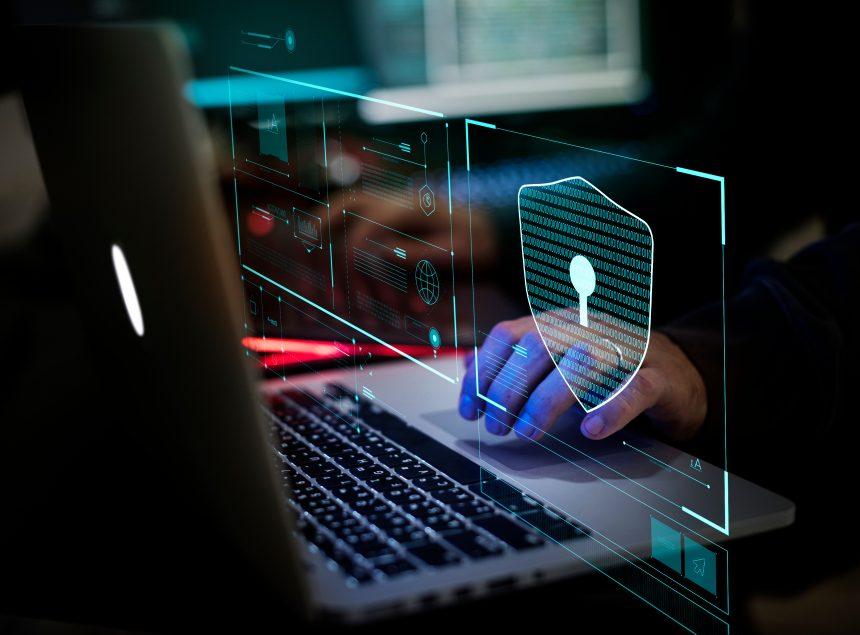In the evolving landscape of cyber threats, Brook RAT (Remote Administration Trojan) emerges as a formidable adversary, showcasing advanced capabilities that make it a potent tool in the hands of cybercriminals. Built using the versatile Go programming language, Brook combines stealth with power, allowing it to infiltrate systems and covertly extract sensitive information. In this article, we will delve into the actions and consequences of the Brook malware, explore detection names, and provide an in-depth removal guide. Additionally, we will discuss best practices for preventing future infections.
Actions and Consequences
Brook is not just a typical Remote Administration Trojan; it is a sophisticated tool with a multifaceted range of capabilities that pose serious threats to user privacy and security.
- Keystroke Logging: One of Brook’s insidious features is its ability to monitor and log keystrokes. This functionality enables the malware to record user inputs, providing cybercriminals with access to sensitive information such as passwords, credit card details, and other confidential data.
- Desktop Screenshots: Brook can capture desktop screenshots, offering cybercriminals a visual window into the victim’s activities. This invasive capability enhances its ability to gather comprehensive and detailed information.
- Clipboard Data Manipulation: Brook can collect and manipulate clipboard data. By intercepting information copied to the clipboard, including passwords and sensitive documents, Brook can replace the clipboard’s contents, a technique used for executing cryptocurrency theft.
- API Hooking and System Function Manipulation: Brook employs advanced techniques like API hooking to intercept system functions, enabling manipulation of applications and the operating system. This allows it to execute actions with elevated privileges and evade detection efforts.
- Anti-Analysis Techniques: Brook employs sophisticated tactics to detect debugging tools and virtual machine environments, ensuring its evasion of analysis and detection by security tools.
- Data Exfiltration via Telegram: To facilitate efficient data exfiltration, Brook sends collected information, including system details and harvested data, to a designated Telegram bot controlled by the attackers.
Detection Names for the Malware
Various antivirus programs recognize Brook under different detection names, including:
- Avast: Win32:Malware-gen
- Combo Cleaner: Generic.GoDiscorder.!s!.C.3FD41F96
- ESET-NOD32: A Variant Of WinGo/PSW.Agent.EW
- Kaspersky: Trojan-PSW.Win32.Disco.wgg
- Microsoft: Trojan:Win64/BrookStealer.DA!MTB
Similar Threats
Brook belongs to a category of sophisticated remote administration trojans, and users should remain vigilant against similar threats with advanced capabilities. Some examples include DarkTequila, NanoCore, and njRAT.
Removal Guide
Removing Brook from an infected system requires a comprehensive approach:
- Isolate the Infected System: Disconnect the infected computer from the network to prevent further communication with the attacker’s command and control server.
- Identify and Terminate Malicious Processes: Use the Task Manager (Windows) or Activity Monitor (MAC) to identify and terminate any suspicious processes associated with Brook.
- Delete Malicious Files: Locate and delete any files associated with Brook. Be cautious not to delete essential system files.
- Remove Registry Entries: Edit the Windows Registry or macOS equivalent to remove any entries related to Brook.
- Clear Browser Data: If Brook manipulated browser settings, clear browser data, including cookies and cache.
- Update Security Software: Ensure that your antivirus or anti-malware software is up-to-date and perform a full system scan to detect and remove any remnants of Brook.
Preventative Measures
- Regular System Updates: Keep the operating system and all installed software up-to-date to patch vulnerabilities that malware may exploit.
- Exercise Caution Online: Avoid clicking on suspicious links, downloading files from untrusted sources, and engaging with unsolicited emails.
- Use Reliable Security Software: Install reputable antivirus or anti-malware software to provide real-time protection against known threats.
- User Education: Educate users about cybersecurity best practices, including the dangers of downloading files from unknown sources and the importance of strong, unique passwords.
- Network Segmentation: Implement network segmentation to limit the spread of malware if one part of the network becomes compromised.
Conclusion
Brook RAT exemplifies the evolving sophistication of cyber threats, highlighting the need for heightened cybersecurity measures. Understanding its actions, consequences, and following the outlined removal guide and preventative measures are crucial steps in defending against the potential impact of this stealthy and powerful malware. Users and organizations must remain vigilant, adopt best practices, and leverage advanced security measures to thwart the ever-evolving landscape of cyber threats.





